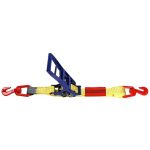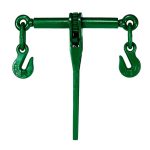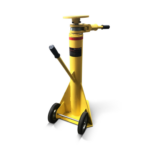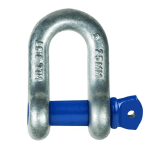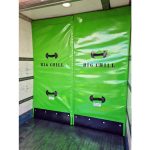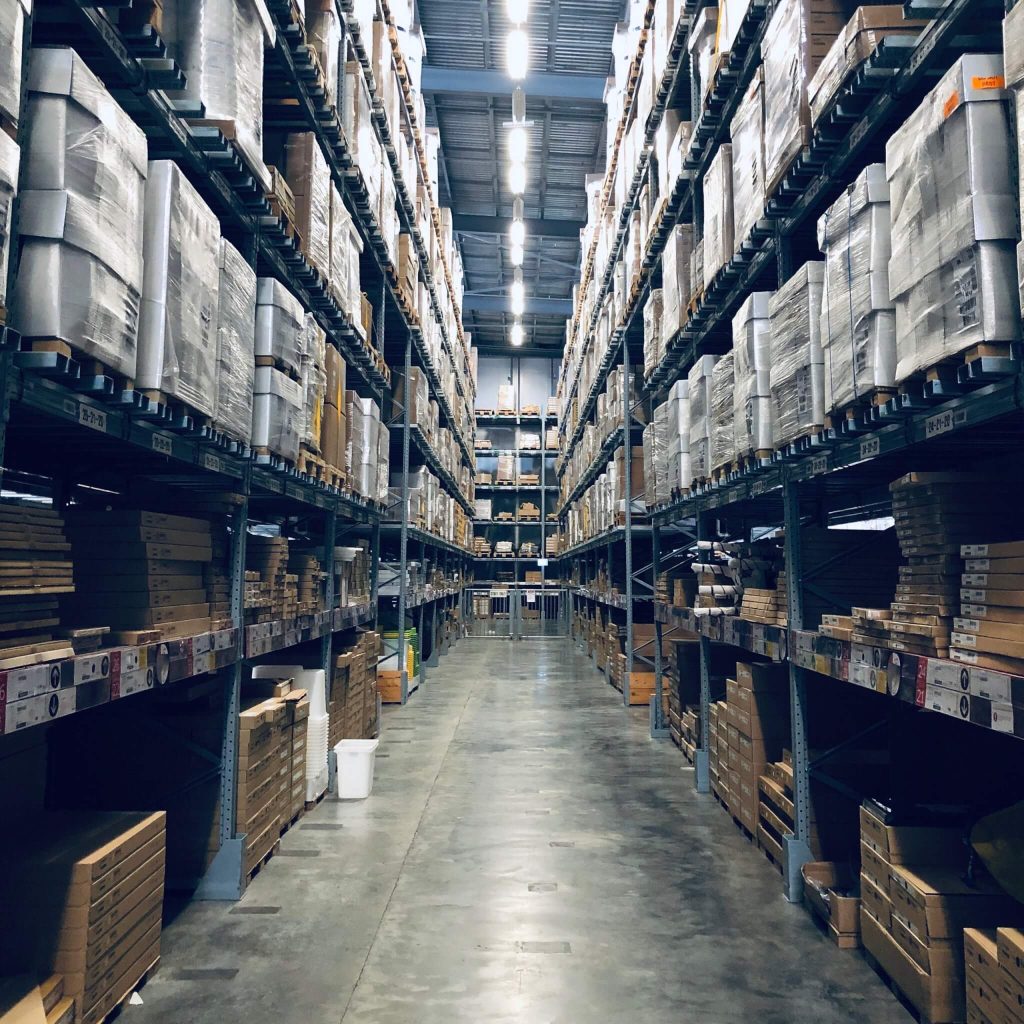The customer transaction doesn’t end when an order has been placed. Warehousing gives the business a better control over their inventory and ensures that customers will receive their products on time, which ultimately leads to higher profits.
Warehousing is a requirement for most businesses that manufacture, import, export or transport goods. Warehouses are important links in a supply chain network at local or globalized market levels and contributes to the increased speed of material flows in supply chains.

To meet the customer demand, manufacturers need to strengthen its operation in their warehouses so that they are ready to give every customer whatever they want and whenever they want it. Today, Warehousing has become one of the most important enablers to an effective supply chain network.
Below are some of the many factors to consider before obtaining a new warehouse.
- Rent Rates & Taxes
Cost will remain a key criterion when selecting the right location of a warehouse, but it must not be the only one. Hidden costs could offset any savings on cheap rental rates and therefore must be considered.
In addition to rates, attention must also be given to local governmental regulations, tax structure, and tax incentives. You could also benefit from special local government programs intended to promote your industry segment, so it pays to consider this as well.
- Workforce Availability, Labor Skills & Costs
Workforce availability, skills, and labor costs are directly associated with local demographics. Not every geographical location offers a workforce with the right skills at the right price. Pay attention to the local demographics of the state/city being considered.
When evaluating workforce availability, consider supply and demand: Low workforce availability and high demand will drive salaries up (meaning operating cost will be higher). The opposite is also true. High levels of workforce availability and low demand will drive salaries down.
Besides workforce availability and costs, skills are also critical. A workforce skill gap will result in a low quality of customer service and a reduction in both competitiveness and productivity.

- Roads, Highways & Traffic Flow
Accessibility to roads and highways as well a local traffic density must also be considered, especially if trucking is the main mode of transportation.
Transportation costs are affected by some or all of these variables and can impact the competitiveness of the company or the attractiveness of the warehousing facility to customers. Consider the following points:
- Accessibility to highways & exit ramps
- Highway inter-connectivity
- Public transportation penetration
- Average traffic speed
- Average traffic volume
- Traffic peak hours
- Road safety & conditions
- Proper roads signs & signals
Factors such as congested highways and surface roads as well as poor signaling systems will increase fuel consumption, accident rates, and time wasted.
- Proximity to Airport, Railway Stations & Ports
In this case, the main mode(s) of transportation used to receive or ship goods to and from the warehouse must be prioritized. For example, if most of the cargo is imported/exported via air, then you will want to be as close as possible to the airport. If this is not possible, you should at least explore facilities with easy access to highways and roads that offer a direct connection to the airport.
You want to be as close as possible to the point of the most predominant transportation mode in order to control drayage costs and have the highest possible velocity level – the maximum number of containers per month.

- Markets & Local Environment Factors
Proximity to suppliers, producers, and the market(s) being served as well as local environmental factors must be also considered.
Any new warehouse should be as close as possible to major suppliers, producers, and/or customers. This will help reduce lead times, decrease transportation costs, and enhance responsiveness.
The factor to consider here is who is/are the major supply chain partner(s) and how you can make the supply chain more efficient by strategically selecting the warehouse location.
Also, local environmental factors such as weather conditions and risk of exposure to natural disasters should also be considered.
Would the warehouse be exposed to hurricanes, tornadoes, or earthquakes? Is it in a flood zone? For any of these risks, the warehouse must meet specific building requirements.
Other local environmental factors that should also be considered include proximity to neighbors (warehouses can be noisy – avoid disputes), traffic congestion, and peak traffic hours. Consider how these variables could affect regular operations.

- Building Availability & Utility Costs
If the business grows or shrinks, you will need to adjust accordingly. If this is the case, you will want to minimize your need to re-evaluate all these factors if moving to a new warehouse is your only option. By moving within the same area, you will be able to retain your workforce, utilities, etc., and minimize the frustrations of carriers/truckers and customers trying to find the new location.
One last aspect: utilities. You will want to double-check the availability and cost of utilities. Some warehouses are more demanding/dependent on one utility than another. For example, refrigerated warehouses are more dependent on electricity and water.
Choosing a right location in general is the most important aspect when relocating or building a new warehouse from the ground up as it can make or break your business.































